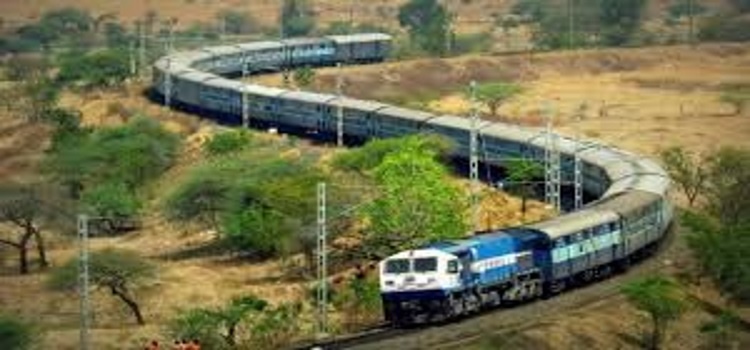
With gauge conversion being one of the core areas of ministry of railways, the Nagpur division of South East Central Railway (SECR) has removed one of the biggest hurdles in expediting broad gauge work between Nagpur-Chhindwara by constructing a rail under rail (RUR) bridge in record 44 hours on Saturday.
“RUR is a bridge which allows movement of trains simultaneously from above and beneath when trains criss-cross at a point. It was a challenging task completed it in 44 hours train block,” said SECR divisional railway manager (DRM) Amit Kumar Agarwal.
SECR is undertaking the massive project of 149-km Nagpur-Chhindwara gauge conversion and wants to complete it by December 2018.
Agarwal said, as part of this project, the new rail line had to cross the existing network in Nagpur area. There were three surface crossings (lines) — Kalamna-Koradi line, Nagpur — Kalamna and Kalamna-Itwari main lines. To avoid the surface crossings, which would have led to detention of trains on the main line, it was decided to have RUR. It cost railways Rs4.21 crore.
RUR is uncommon in the railways due to its execution, logistics and drainage issues. “In this case, drainage problem was resolved by keeping zero surcharge above reinforced cement concrete (RCC) boxes. For execution, ‘cut and cover’ method was planned by taking a fixed time span block and diverting traffic on alternate routes,” he added.
The construction wing of the SECR took up the challenge and built 24-metre-long RUR in only 44 hours. The work started around 12 midnight on Friday and was completed at 8pm on Saturday.
Agarwal said that during the 44-hour block, de-launching of nine RCC boxes of narrow gauge (NG) line, dismantling of existing abutment of narrow gauge RUR and existing six girder bridges, launching of 16 precast RCC boxes of 6mx6m size was literary an arduous task.
Chief engineer (construction) AK Pandey said the job was accomplished through use of heavy machinery including high capacity (600m & 300m) cranes, two hydraulic excavators and hydraulic concrete breakers, tippers and other equipment for executing the most challenging work.
Pandey said since it was not a Greenfield project, the work involved intricate planning for not only the bridge but also the movement of goods and passenger trains.
“It was a mammoth task to keep the freight trains moving on alternate routes, which could be done with detailed planning and monitoring. The work involved 180 workers besides 30 odd supervisors,” he added.
